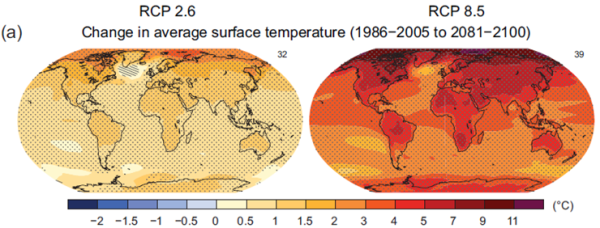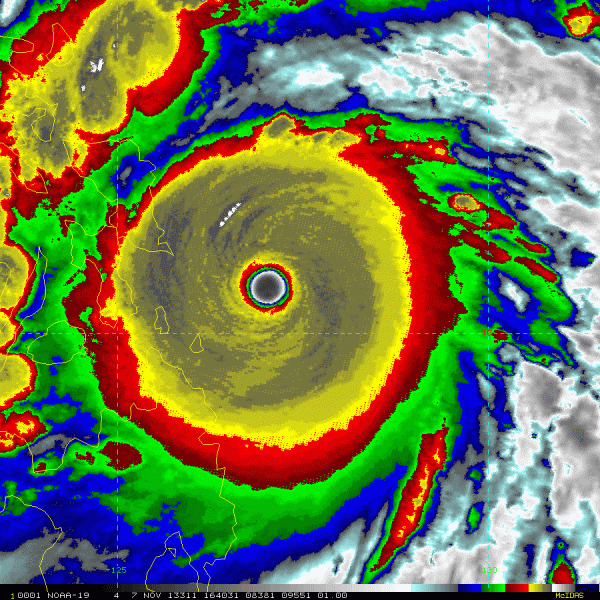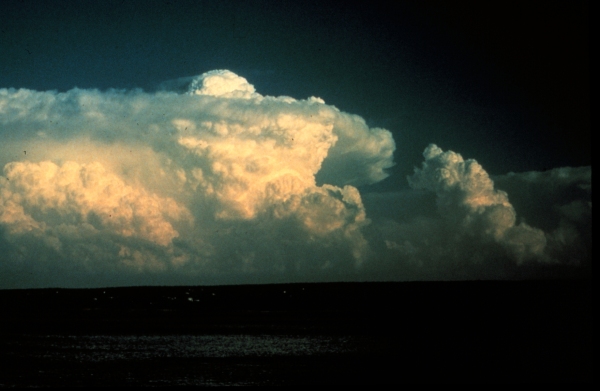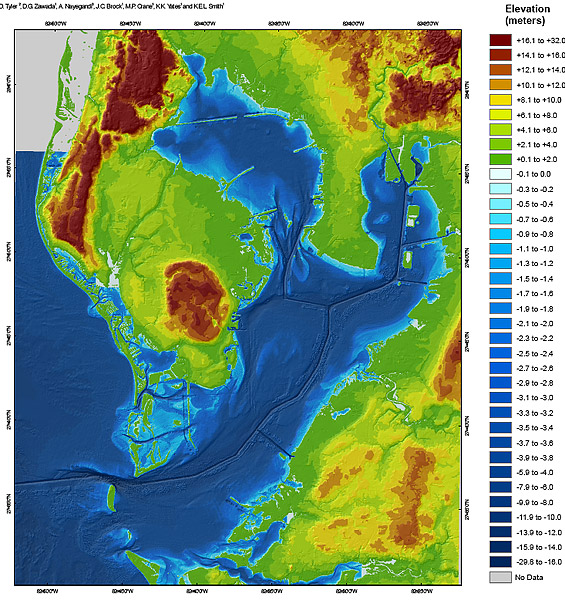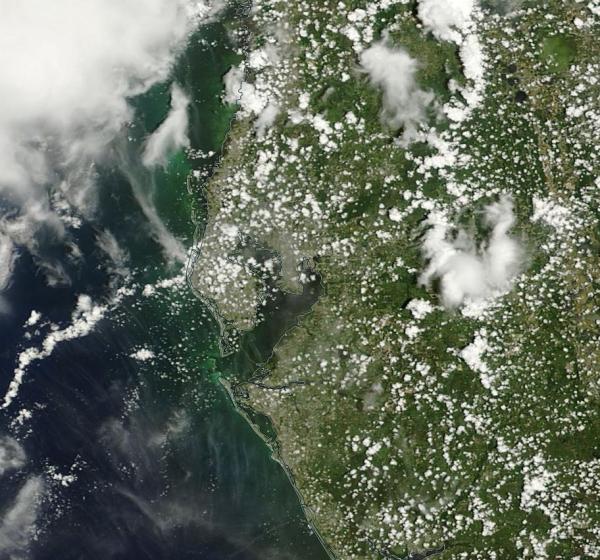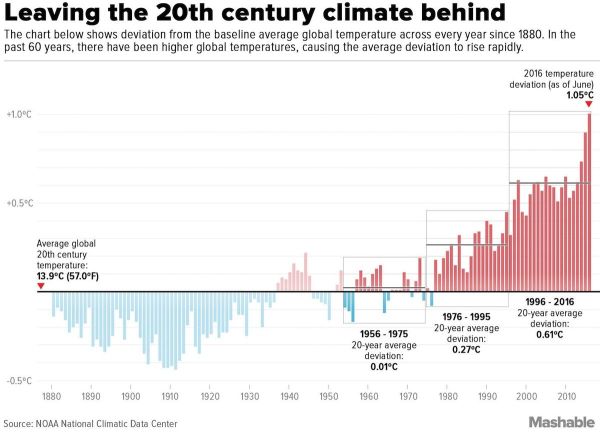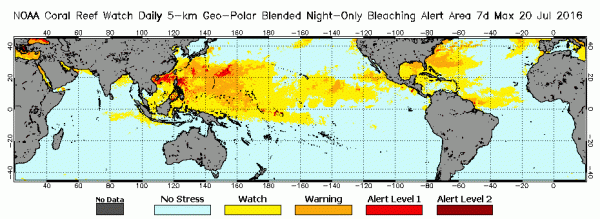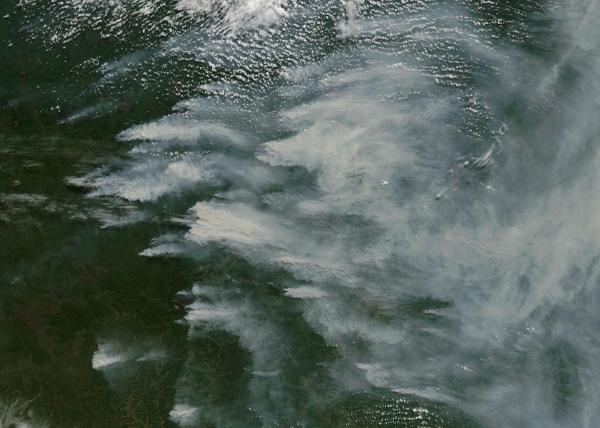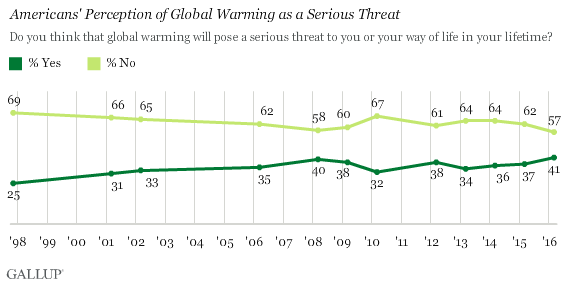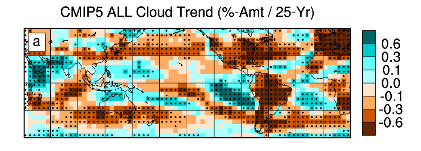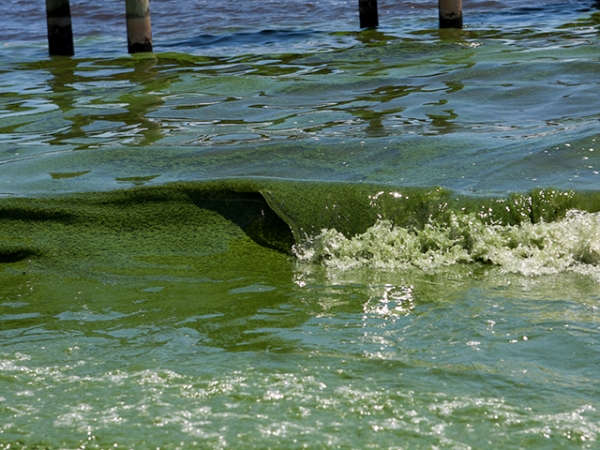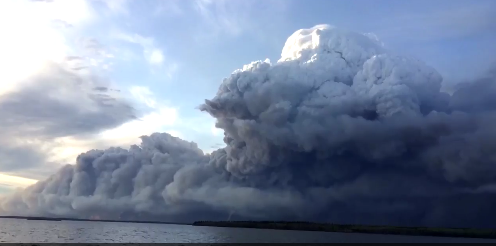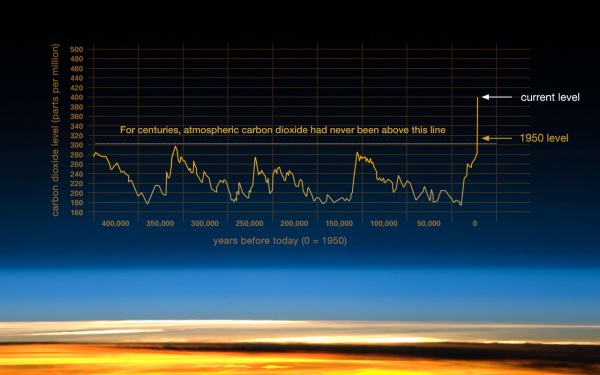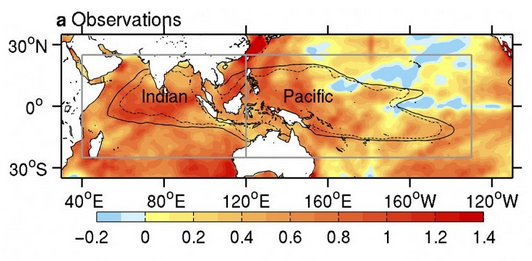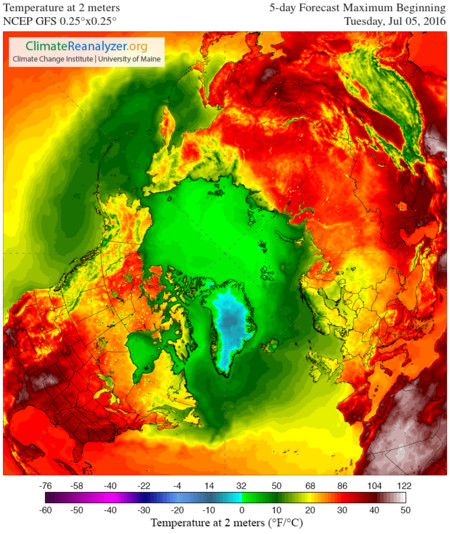Tampa. 2090. Late September.
The stiff wind running off the Gulf of Mexico felt like a blast furnace. Ocean surface temperatures near 100 degrees Fahrenheit; air temperatures of 113 F, high humidity, and a smell like rotten eggs added to the overall insufferability. Unpleasant was a better word from a better time. Mere unpleasantness had long since fallen away before the new deadly edge that Nature had adopted.
Tampa’s streets were packed with vehicles but featured only the rare transient foot and bike traffic. Just 15 minutes’ exposure to the brutal four p.m. heat and humidity could swiftly result in heat stroke as a body’s natural cooling systems were overwhelmed by conditions no human physiology could for long endure. The city had long since grown accustomed to the warnings. Anyone wanting to stay healthy remained indoors, huddling close to the blessed vents blasting machine-cooled, filtered air.
In the heat-scorched streets, elevated many times over to keep above the rising seas, a few diehards still roamed. They sported the latest in cooling accessories — thermal-bleeding fashions were all the rage and had been for at least three decades now. So too were the thin-film sulfur filtration masks, totem-like in their branding and individually styled in patterns of iridescent colors. These were the stylized provisional responses to the gigantic dead zones that regularly painted the Gulf’s waters purple-black with stinking, toxic-gas-spewing bacteria. But today, the waters were sickly green. The stink was merely unbearable and only somewhat unhealthy, thanks to the large and powerful storm now pushing in the bluer off-shore waters and flushing out some of the seaside dead zone.
(Under RCP 8.5 warming scenarios, the Earth is transformed into a hotter, more deadly place, capable of supporting storms of never-before-seen intensity. Image source: The European Environmental Agency.)
Great swells churned away – covered in gooey sludge. Some residents thought fondly of the December- to-February tourist season when temperatures fell, the waters cleared and, at times, swimming was safe. But such thoughts were quickly blasted away by the constant warnings now blaring through the local radio. Hot waves capped with frothy green foam were already roaring over the shoals of the old seaside districts and barrier islands before slamming into the defensive ring of sea walls. Ice melt in Greenland and Antarctica had long since forced a retreat from the bay and ocean, pushing an eight-foot rise in sea levels over the 90 years. The near-water residences, once premium real estate, had long since been relegated to tourist homes or the odd air and ocean monitoring station
Tampa Reeling in a Dangerous Climate Zone
Tampa had fared badly, but not so badly as Miami, or the huge chunk of South Florida now covered up by the Gulf and Atlantic Ocean. In the 2030s, large numbers of South Floridians and coastal residents began an exodus northbound and inland. Some stopped in Tampa, staking a claim on the increasingly-expensive higher elevations, but most just kept heading north — past drought-stricken Georgia, through the drying Mid-Atlantic states, and on north, even into Canada. But anywhere they went, there were problems. A big zone from the Mid-Atlantic on south and west was turning into desert. The Mississippi was becoming more and more an intermittent river –practically drying up most summers and then flooding like the dickens during February through April as gigantic storms cycle south out of the Arctic, driving massive swaths of hurricane-force winds before them. The West was even worse, with a large section of four states now experiencing temperatures that make early-century conditions at Death Valley seem tame.
It was tough to find a place of safety and security, much less comfort. Lives were shorter, harder than ever before. People scrambled from place to place. They hoarded food. Most were thin — Renaissance-era voluptuousness was making a comeback. Indoor and underground farming had exploded — saving the lives of millions in the parts of the world that adopted these methods — but the dead oceans, lost farmlands, and increasingly scarce fresh water sources resulted in a cascade of regional and global crises. Needless to say, there were less people. There was basically less of anything living anywhere. All the heating and burning and storming and putrefying had seen to that — the results of two centuries of fossil-fuel emissions that ebbed and flowed but never really stopped growing.
Tampa, like every other city still functioning, had seen her fair share of all this trouble. She was one of the lucky ones — still around, clinging to the higher elevations, still building up her sea walls, making and importing what food she could, finally casting off the corrupt fossil-fuel industries and enabling what economy that remained through all-renewable energy. You couldn’t call it sustainable — that ship had long since sailed. Some day, a big glacial outburst flood somewhere in Antarctica would push seas high enough to devour Tampa whole. Or some day, a giant city-killing storm could scour enough of Tampa from the face of the Earth that the resources and effort necessary to recover would simply become a mountain too high to climb.
(Under the hothouse-warming scenario that is RCP 8.5, hurricanes will have the potential to substantially exceed the strength of supertyphoons like Haiyan [enhanced satellite image above] which devastated the Philippines. Image source: NOAA.)
Category 6 Hurricane Raptor Sets Sights on Tampa
For Tampa, that day may well be the day after tomorrow, for monster storm Raptor now tore through the blue, green, and purple-black waters of the Gulf of Mexico. Gorging on sea-surface temperatures near 100 F, this enormous stack of lightning-wracked clouds reached 80,000 feet into the atmosphere. It ripped that hot air and moisture up from the surface, casting it in an enormous bellow toward space. In the wall of the resulting funnel, winds howled at 230 miles per hour. Minimum central pressures measured 835 millibars. Wave-height measures from some buoys — those whose sensors hadn’t been slammed into inoperability — were coming in at 100 feet.
A 20-mile-wide swath of these conditions formed an atmospheric axe along the right front quadrant of the storm as it turned toward Tampa. Crossing land, it would produce a 35-foot storm surge topped by 20- to 40-foot breaking waves. In areas not submerged by these churning, toxic waters, the winds would blow as strong as an EF 5 tornado — enough to strip the bark from trees. This combination of conditions would demolish any above-ground structures. The cone of destruction centering at the coast, then ripping 60 to 100 miles inland before the storm finally slaked its rage.
(Increasing global temperatures enlarges the zone in which storms can form, heightening cloud tops. Taller warm-air updrafts more heavily laden with moisture increases storm potential energy. In this way, climate change increases top potential storm intensity. Overshooting cloud top image provided by: Commons/NOAA.)
Similar nasty storms had helped to render the Persian Gulf region uninhabitable. Cairns, Australia had been ripped apart by such a beast five years earlier. The Phillipines, Taiwan, coastal China and Japan were visited ever more frequently by the monster category 4, 5, and 6 systems. And the thing barreling toward Tampa was among the strongest of a deadly new breed that meteorologists were now calling city killers.
The threat was not lost on residents. Those unresponsive to storms and extreme weather didn’t have a very high life expectancy. Roadways leading out of Tampa became packed with traffic. Inbound lanes were designated outbound. Trains, planes, hyperloops, and buses were all packed to the gills with those fleeing the path of Raptor. Lower populations after the migrations and mid-to-late Century crashes, in part, made the flight easier. As did the increased responsiveness. But the size of the storm swath, lower road and track resiliency due to the heat ahead of the storm, the more toxic air blowing off the ocean, and the increased population densities due to suburban abandonment created its own evacuation nightmares.
Higher populations of older persons suffering from increased rates of dementia and frailer organ systems due to toxin accumulation and disease proliferation were also less mobile. Moving this vulnerable group required a major effort on the part of Tampa volunteers and emergency responders. But after suffering decades of increased losses, lives and personal relationships were often considered all-the-more precious as people nostalgically clung to what connections remained or fought a crushing sense of fear and isolation by increasingly working to help others. The great ages of excess that preceded this period had left deep and enduring marks on the psyches of the people who’d survived through those times. And a quiet, defiant, never-again mentality had begun to emerge. In the face of such loss of beauty and safety, people were not only determined to live, they were determined to make the most of what meager lives remained to them by caring. By adding art and color to a world increasingly denuded of beauty. And by, most of all, attempting to preserve life.
The flight of Tampa’s populace from before the storm was, therefore, far more responsive, far more vigorous, than the responses of previous generations. And a vast majority heeded the warnings and left. As a result, the city became an empty shell with only about a hundred thousand die-hards and emergency personnel remaining.
With the big evacuation pulse now running inland and northbound, and with sections of Orlando evacuating while other portions hunkered down, the first outliers of Raptor began to encounter the coast. The green-white froth on the swells grew more vivid — almost looking neon in the light of dawn. Off-shore, an angry black stack of clouds thrown off from Raptor’s outer bands rushed toward shore. Gale-force gusts and a large accompanying swell pummeled Tampa’s seawalls and streets. The down-drafts and the first falling rain drove temperatures lower — into 90s (F). But the sensation was still one of oppressive heat due to the near 100 percent humidity.
The Storm Rushes In
Winds continued to rise and, over the next few hours, hot, driving rain steadily wrapped the Tampa region in a kind of stinking, hissing, steam. The continuously lifted sea walls and dikes never quite kept up with sea level rise. So even the early outliers of Raptor were enough to generate floods of putrid, green waters rushing through the lower-lying streets. Bridges and roads were quickly cut off and those remaining in town, and especially those on the newly dubbed Petersburg Island, were quickly cut off. Those poor souls remaining would have to face Raptor on their own and without the aid and comfort of an increasingly necessary emergency response force.
(Current Tampa Bay topographical map provided by the US Geological Survey. Under the 8 feet of sea level rise by 2090, most of the green sections would be below sea level. 8 feet of sea level rise plus 35 feet of storm surge plus 30-40 foot breaking waves would generate flooding in event some of the higher elevation areas [orange to brown]. Note that elevations in the map above are listed in meters. Image source: USGS.)
Raptor was moving rather swiftly and by early evening the storm’s eye wall was beginning to approach the coast. Off-shore, a great mound of water like a tsunami ran up from the waters of the shallow Gulf. Still taller waves rose atop it. Some of the rogue peaks stretched 150 feet above the base sea level. The net effect was one of an intense green-white mass taller than the tops of most buildings roaring in from the Ocean. The mass drowned St. Petersburg in a foundering break-water. It roared into Tampa Bay, and there it lifted the remaining ships and boats and hurled them bodily into buildings, across the shore line, and into rapidly flooding streets. Waters rushed into Tampa and on inland — in some places continuing for 10-20 miles before the great pulse of water was finally slaked by elevation.
Southwest winds rose up into a sound like a freight train. Debris was hurled into a great cloud over the flooded city. Everything from bits of sand and dirt, to paint chips, to flinders of bark from the few hardy trees remaining, to as large as vehicles and wall sections was lifted and hurled with lethal force. The churning vortex of 150 to 230 mph winds created a wall of moving air full of this shrapnel. Tampa was engulfed in a loud and angry blackness full of giant waves and flying teeth. In the above-water sections, it was impossible to see more than 10 feet outside clearly. And tens of thousands of structures were quickly ground down to their foundations by the combination of violent water and air.
These conditions covered a region stretching for 20 miles along the coast. With Raptor making landfall near Largo, this swath covered the mouth of Tampa Bay, St. Petersburg, Lealman, and Pinellas Park. With the storm running across the northern bay to make a second landfall about ten miles south and east of Safety Harbor, most of Tampa proper was affected by this zone. The raging storm surge, concentrated by the Bay and pulled along the arch of the storm’s vortex peaked to extreme heights where the bay narrowed into Tampa. And large sections of the nearby city simply drowned.
Then the storm passed inland, dumping torrential rain and cutting an 80 mile long, 20 mile wide swath of destruction through Central Florida. The wall of airborne shrapnel picked up more and more debris as it went. A few travelers on the road were forced to hunker down at a nearby recharging station’s convenience store — which subsequently collapsed. Their ordeal, recorded by portable devices which caught the hours-long images of flying cars, bits of transmission towers and other debris so damaged as to be rendered into an unrecognizable black grit across the sky, became a part of one more ‘new most violent’ storm record. A testimony to the worsening hazards and losses of the time.
As the next day dawned and rescue and disaster relief aircraft entered the storm zone, the epic destruction was more fully revealed. Observers from airplanes pointed out the swirling impressions upon the stripped land. One pilot noted that it looked like a thousand tornadoes had all gotten into a line 20 miles long and then run north and east inland. Another simply stated that it looked like the land had been pounded barren by the vast fists an angry god. Over a million structures had suffered at least moderate damage. Over 200,000 had been blown or knocked by waves down to their foundations. Despite the effective evacuation, the death count was tremendous. More than 35,000 in the Tampa region and points inland immediately lost their lives to the storm. Another 60,000 were estimated to have perished in the aftermath as a failure to restore power in time resulted in exposure to killing heat and near-shore airborne toxins. Considering comparable storm, fire or drought losses in three other US cities that year and the inevitable coming multi-meter sea level rise, government officials decided to add Tampa to the growing list of communities that would never be rebuilt.
Conditions in Context – Global Warming Increases the Top Potential Strength of the Most Powerful Storms
In 2016, Earth’s atmosphere isn’t yet capable of producing a storm like Raptor. But in a not-too-distant future, a 5-degree (Celsius) rise in global temperatures pushed on by 900 parts per million of atmospheric CO2 would result in heightened levels of heat and moisture fueling a great deal of instability. The Earth’s atmosphere would still be taking in huge amounts of heat at its top. The glaciers would likely be unzipping and sending out hordes of icebergs riding a pulse of cold surface water. As ever-more-dominant heat goes to war with dying cold, the amazing temperature differentials spawn equally terrible storms.
Seventy-four years from now, under business as usual warming scenarios, the tropics and subtropics are likely to be hundreds of miles to the north of their current geography. Rising troposphere heights will bring ever-taller thunderstorms. When these storms manage to organize into hurricanes, the results have the potential to be dramatically more powerful than today’s comparatively tame storms. Category 3, 4, and 5 storms would be more frequent. And a new category — 6 – may be needed for storms whose maximum sustained winds exceed a range near 200 miles per hour and whose minimum central pressure hits lower than around 880 mb (a range that starts out a bit more powerful, on balance, than the strongest storms that are capable of forming today).
Links/Statements/Attribution
The above scenario is a climate fiction portrayal of a potential category 6 hurricane impacting Tampa in the 2090s. The scenario incorporates recent scientific studies pointing toward projected increases in hurricane intensity due to human-forced warming of the Earth’s oceans and atmosphere. In particular, the work of Dr. Jeff Masters on emerging Grey Swan hurricanes driven by climate change proved very helpful in providing a groundline basis for potential category 6 hurricane strength and impacts. And it is worth noting that Dr. Masters is highlighting scientific work showing that under business as usual human warming it is possible that storms of never-before-seen intensity will hit the Tampa region.
The storm in this scenario, Raptor, is nearly as strong as the storm produced by one of the climate models Dr. Masters references. This extremely powerful storm hit Tampa in a physical computer model assessing hurricane strength under business as usual warming. The modeled storm achieved 235 mph maximum sustained winds and an 830 mb minimum pressure. It’s worth noting that we have no record of a storm of this strength ever forming on Earth. But, under greenhouse gas loads and temperatures that continued fossil fuel burning will establish by the end of this century, the Earth atmosphere becomes capable of supporting such extreme events.
To this point, it is absolutely also worth referencing Dr. James Hansen’s seminal Storms of My Grandchildren while making the very clear statement that the atmospheric brew we are pumping out will make never before seen monster storms a terrible and dangerous aspect of the world our children and grandchildren will inherit and try to survive in.
(Tampa, Florida, seen in the center of this July 2016 satellite image, is currently one of many cities facing serious threats posed by human-caused climate change. Whether Tampa or any of these other cities survive depends on how well human beings respond and on how much we lessen the coming damage by reducing fossil fuel emissions now. RCP 8.5 is a bad climate scenario. The only problem is that all we have to do to get there is simply continue to burn oil, gas, and coal. Image source: LANCE MODIS.)
The scenario also takes into account various broader Earth System changes such as potential sea level rise due to melting glaciers, increased disruption of food and water supplies, loss of ocean health and increased anoxia and related water and local air toxicity (due to warming and increased nutrient run-off into the world ocean), model simulations and understandings of the increasing prevalence of extreme land and ocean surface heat and 2 meter humidity (wet bulb temperatures increasing into the lethal range of 35 C+), and expanding drought, disease and extreme weather zones.
This particular event and context follows closely to conditions projected under the IPCC’s business as usual fossil fuel emissions or RCP 8.5 warming scenario. For the purpose of this exercise, I have added climate conditions to the business as usual case that I see as plausible given that level of warming. Some of these additions are based on my own interpretation of scientific efforts that are currently not fully settled. However, I feel the overall portrayal is likely at least relatively accurate given various model projections and how the Earth System appears to have changed in response to past warming events.
It’s worth noting that RCP 8.5 does not assume zero renewable energy adoption. It simply assumes that fossil fuels will remain the dominant source of energy with consumption growing through the end of the 21st Century. As such it results in a catastrophic warming scenario over a less than one century time-frame. But such a warming would be achieved over longer time-frames so long as human carbon emissions are not rather swiftly brought to zero, Earth System feedbacks are strong enough, or elevated atmospheric greenhouse gas levels are not drawn down. Conditions similar to RCP 8.5 at 2100 could be achieved by approximately 500 ppm CO2 by around 2500. A reality that increases the necessary urgency of our current mitigation responses. Lower level warming and emissions scenarios are still dangerous, but do not result in the higher levels of harm evident in RCP 8.5.
Human impacts in the scenario such as loss of lives and lifespan reduction are based on my own understanding of how human beings are likely to adapt to such situations and how multiplied environmental stresses are likely to start to overwhelm human population growth in net by middle-to-end Century under the RCP 8.5 scenario. The writing above assumes that the civil system surrounding Tampa and this section of the United States remains at least partially intact due to cooperative effort on the part of individuals living in society at the time. Such a response is hopeful, but it is not guaranteed.

